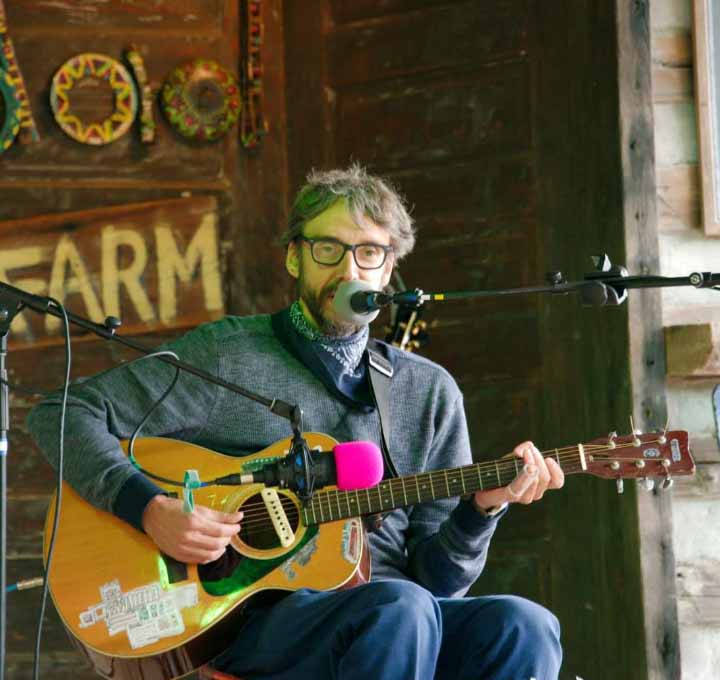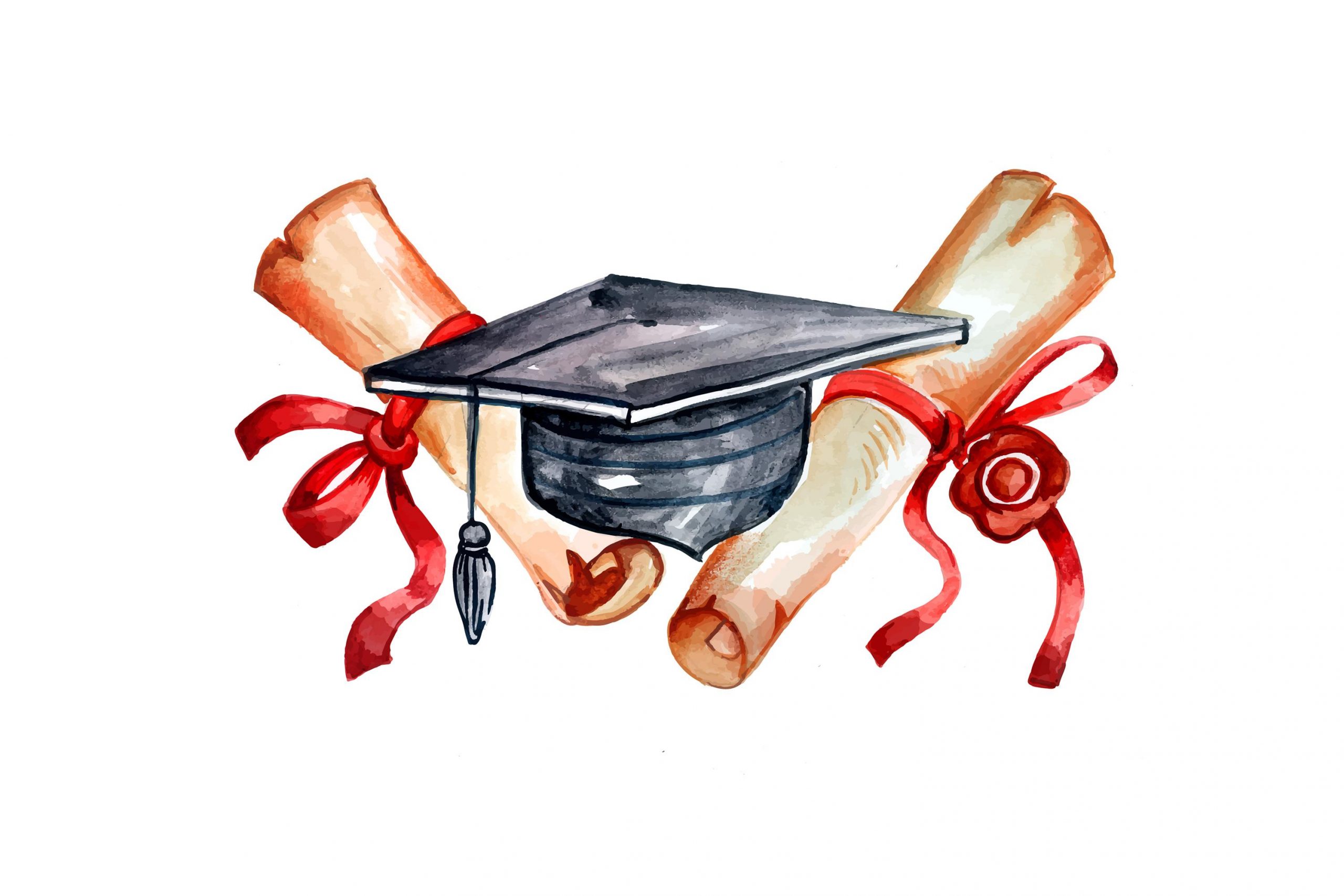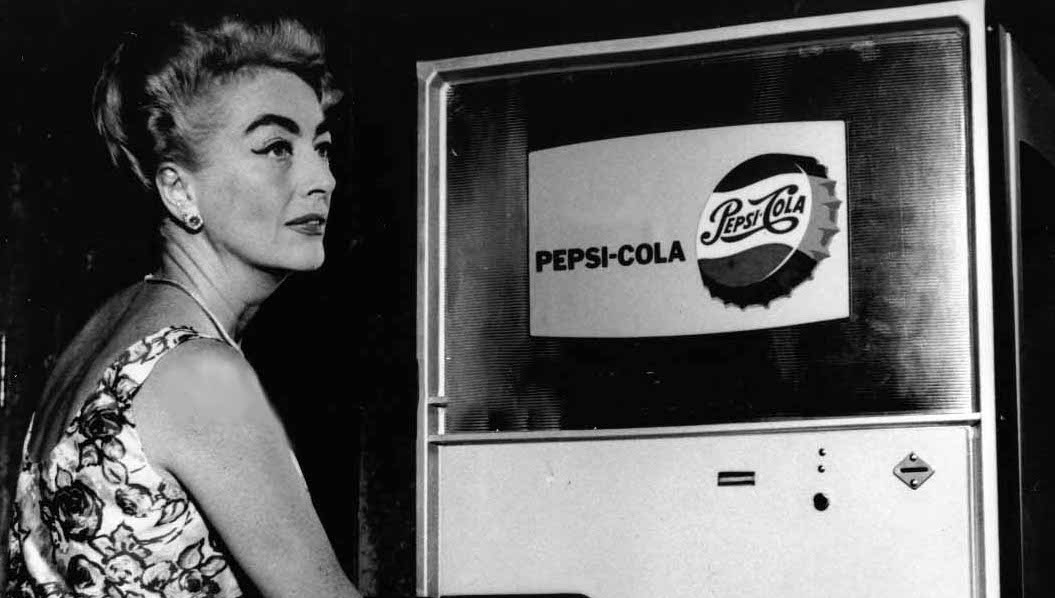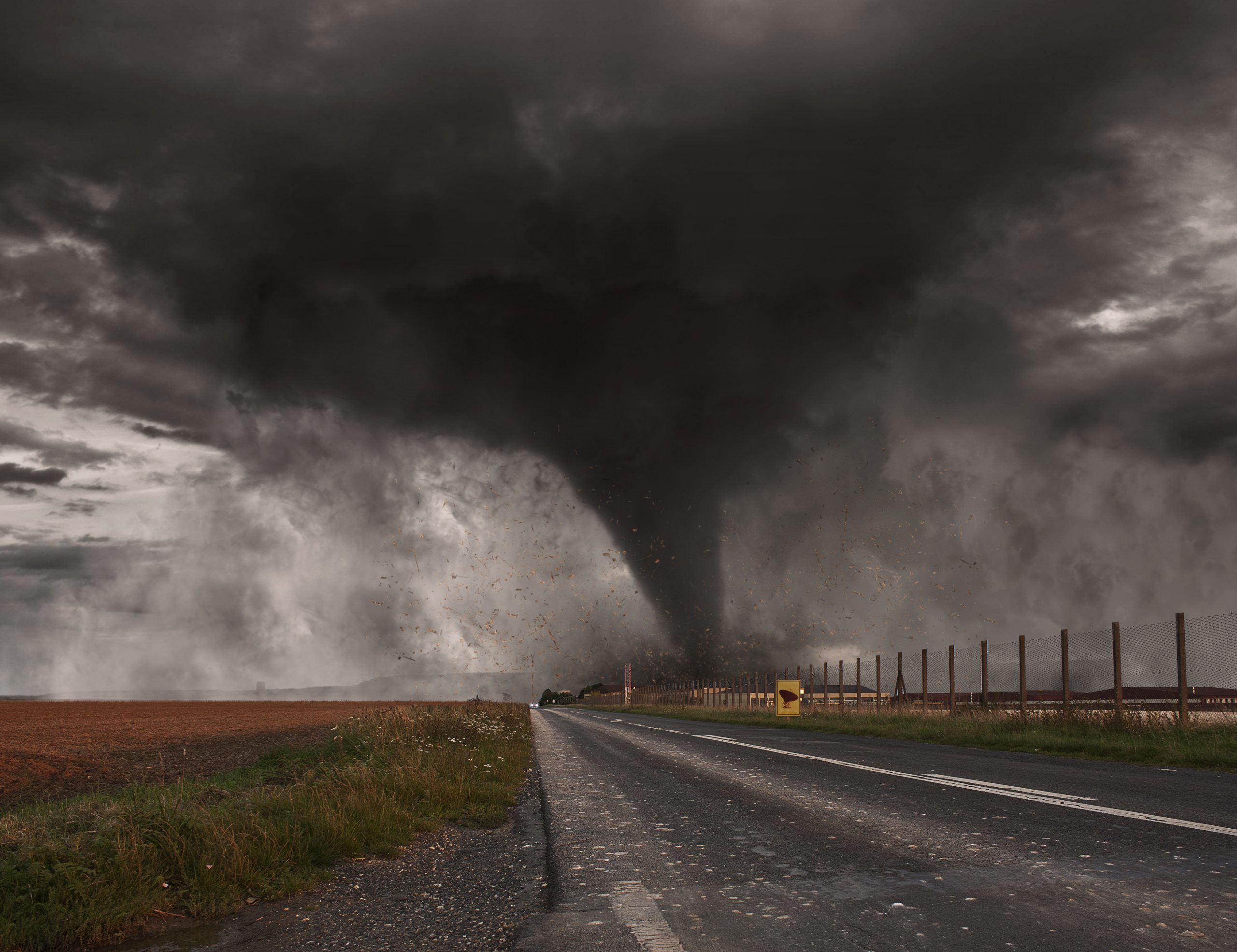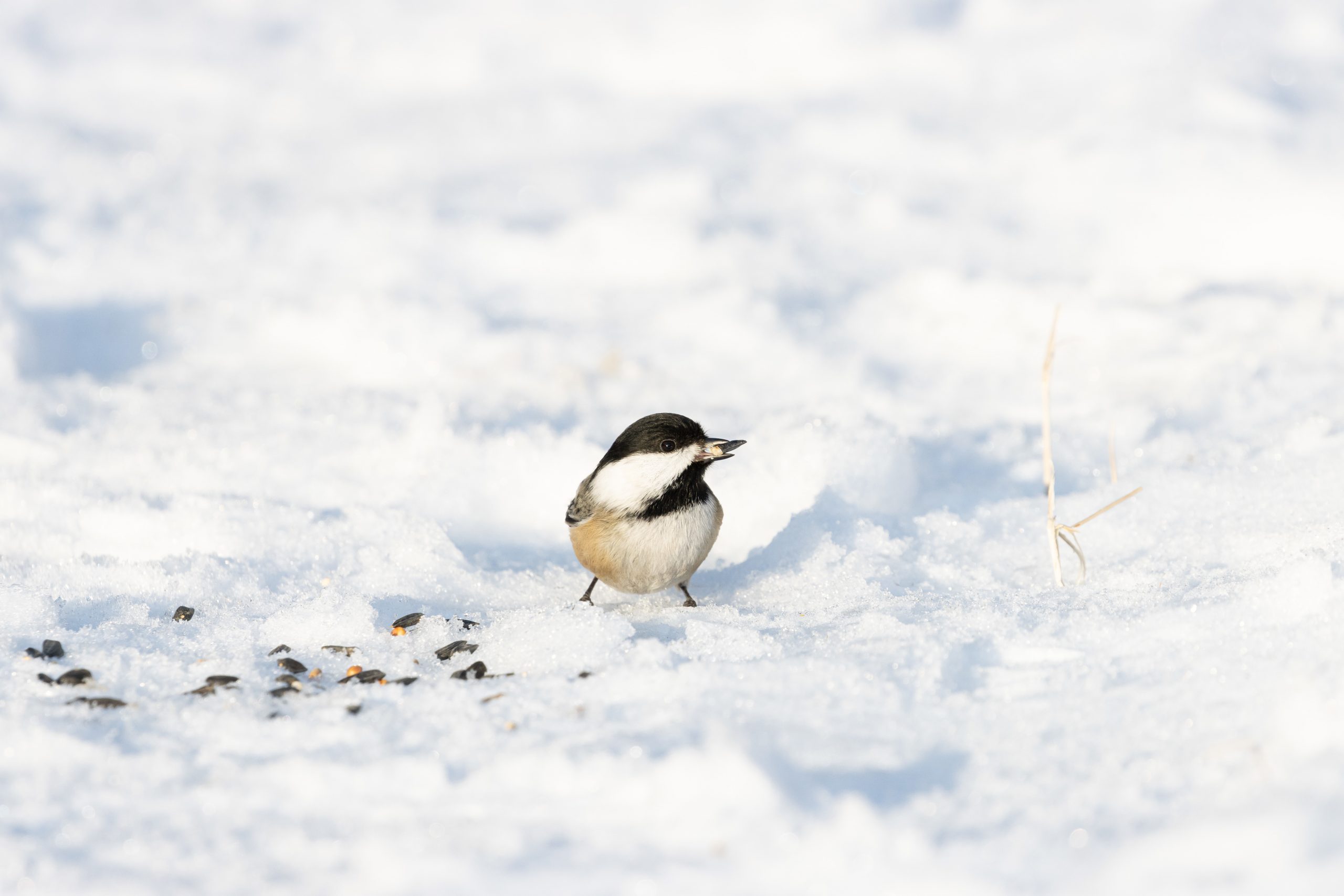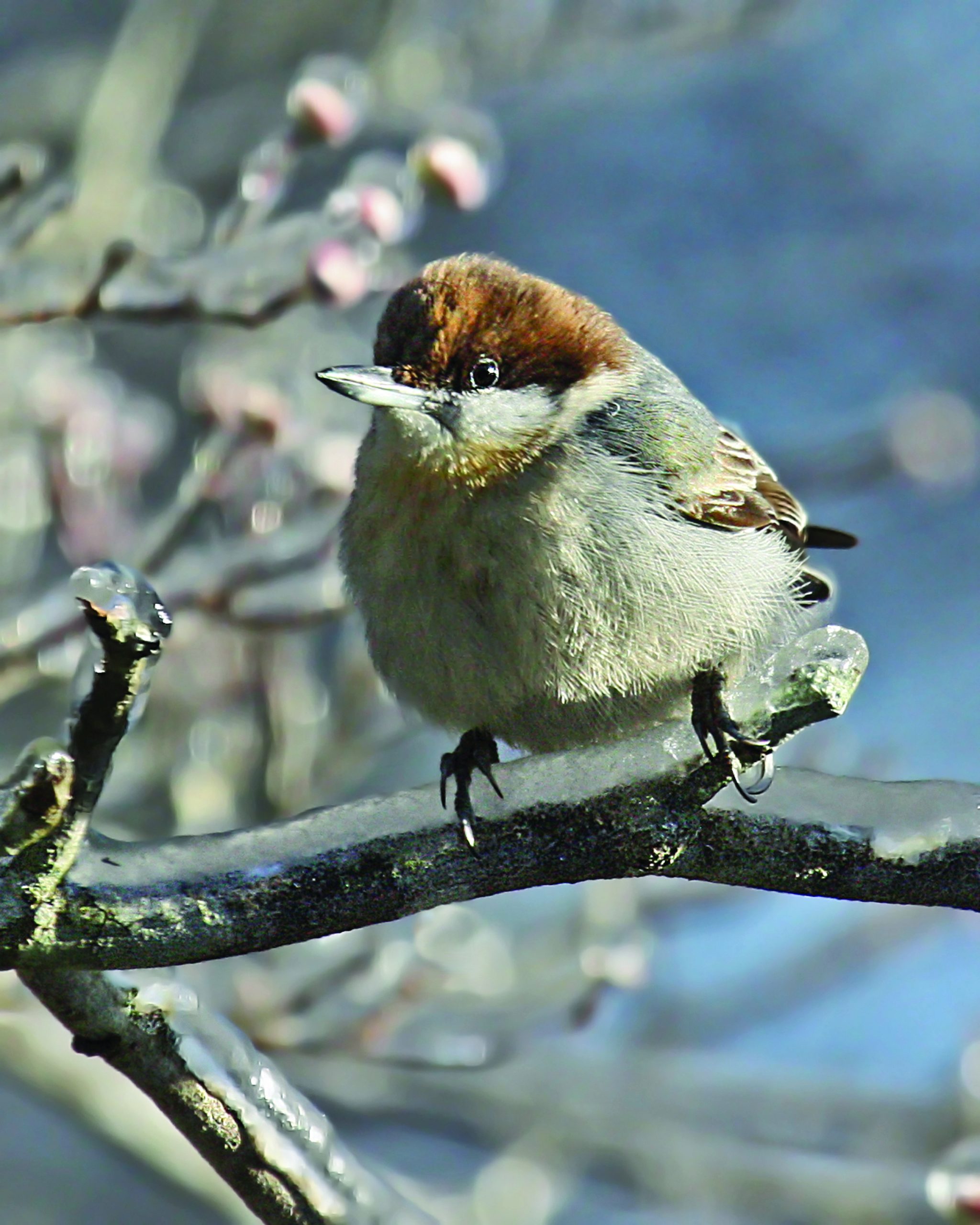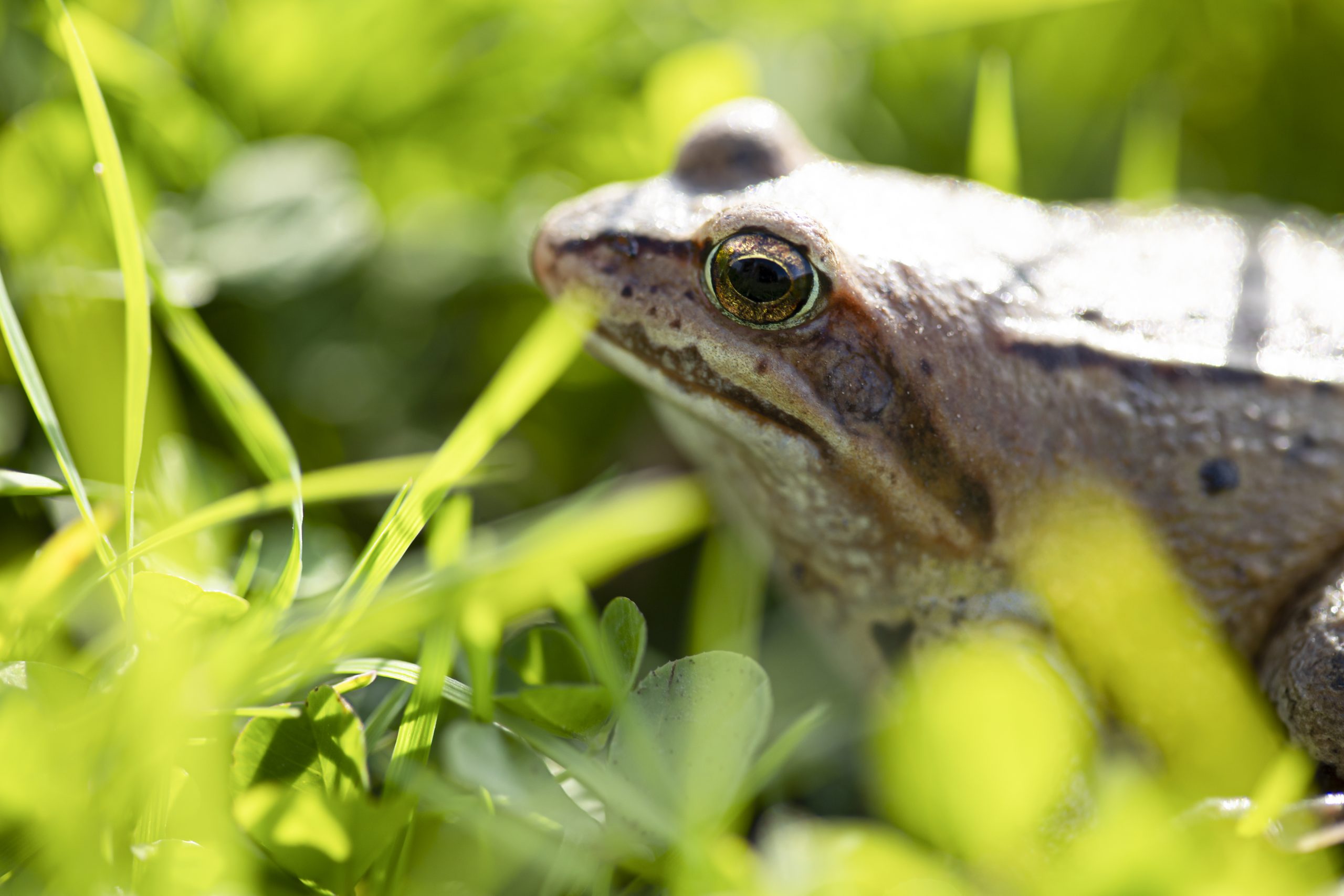Mommie Dearest
Joan Crawford in Greensboro . . . near Mother’s Day, of course
By Billy Eye
It began innocently enough. Eleven-year old Chester Arnold Jr. was gifted 5 shares of Pepsi common stock in 1957 but, after watching the financial world spoof The Solid Gold Cadillac, he suddenly grew concerned about his investment. He fired off a letter to Pepsi’s chairman, Alfred Steele, to ask if his board of directors was, “crooked like those people in the movie.” No, really. He did.
The answer he received was something the youngster couldn’t possibly have predicted.
Perhaps at the insistence of Steele’s wife, who understood more than anyone the power of publicity, the boy and his parents were flown to New York and put up at the Waldorf Astoria, where Alfred Steele and his new bride, one of Hollywood’s most glamorous stars, Joan Crawford, were staying while their fabulous two-story Fifth Avenue penthouse was undergoing major renovations. The Steele’s planned trip to Greensboro later in the week would provide the perfect Hollywood ending to a real life fairy tale come true — plucky small town boy meets glamorous movie queen with the lights of Manhattan as their backdrop.
Her best work mostly behind her, Crawford was experiencing moderate box office success during the late-50s with a run of campy B-movies that included Johnny Guitar, Queen Bee and The Story of Esther Costello. Upcoming was her seminal (yet supporting) role in The Best of Everything as ball-breaking business executive Amanda Farrow.
Miss Crawford imbrued herself with a regal air of royalty. She was America’s ideal Hollywood star — the one by which all others were measured. The haute couture fashions, ersatz British accent . . . she was always made up and ‘on’ in public, a personification every bit as (un)real as her screen roles.
For three days in 1957, the Arnold family were treated to all the bread and circuses the Big Apple had to offer while Joan’s name was back in the newspapers, this time in a positive light. Weeks earlier, her downstairs neighbor made the gossip columns by suing the Steeles over the noise associated with the heavy construction taking place in their penthouse. It was while she was entertaining the Arnolds that Crawford, through whatever means, convinced her neighbor to drop that lawsuit. Perceiving this purely as an attempt to attract attention — after all, they had offered the her a hotel suite or trip around the world while work was underway — Joan bluntly told a friend, “If that bitch thinks I’m inviting her up here for tea, she has another thing coming!”
After being feted in New York, the Arnold family jetted with the Steeles to Wilmington, Delaware, where a photo was snapped and dispatched to newspapers around the world of young Chester, flanked by Crawford and her husband, entering a Pepsi board meeting.
The next morning, on Thursday, May 2, Joan Crawford, her husband, Alfred, and entourage emerged from the 9:50 train at the Southern Railway depot in Greensboro, where they were presented with keys to the city by mayor Archie Cannon before crossing the street to the King Cotton Hotel to freshen up. Joan wore a simple white sleeveless dress with an enormous matching hat (as was the style of the day) for a 2 p.m. press conference announcing Pepsi’s newest, most modern bottling plant on Spring Garden Street, near Holden Road — a 32,000 square foot facility that was being christened that afternoon.
At 4 p.m., Joan, Alfred, Pepsi executives and the Arnolds departed the King Cotton Hotel, escorted west down Spring Garden across Holden by a police motorcade. With sirens blaring, they roared up on a crowd numbering into the hundreds, some having waited for hours for the most elaborate ribbon cutting ceremony Pepsi had ever hosted.
After a presentation of colors, representatives of the Army, Marines and Navy fired rifles into the air while the National Guard manned a line of howitzers meant to add to the decibel level, although the blank mortars failed to arrive in time. Rather than raining munitions down on Summerfield, the big guns sat silently. But Greensboro High’s marching band belted out The Star Spangled Banner until just after 4:30, when Crawford and the plant’s president, Mrs. Zella Melchor, snipped the 150-foot ribbon that ringed the front of the building. The crowd flowed into the building for free bottles of Pepsi while Crawford and company returned to the hotel for a private reception.
Joan Crawford’s travels brought her back to the Cardinal State numerous times since that day in May. Only natural, as Pepsi was concocted by a New Bern pharmacist in the 1890s, although the soft drink only gained marketplace traction when it was marketed to African-Americans down South in the 1940s. Crawford’s circling the globe as Pepsi’s goodwill ambassador continued unabated even after the unexpected death of her husband in 1959, but it would be another decade — almost to the day — before the actress returned to our region. By that time, Pepsi had grown from a niche soda with little market presence outside of the South to the ubiquitous brand name it is today. So much so that Madison Avenue would dub the ‘60s, “The Pepsi Generation.”
ACT TWO
In 1967, an older and more jaded Joan Crawford, now in career freefall, waved to scattered fans from the window of her corporate jet as it taxied down the PTI runway. Alfred Steele had been under the mistaken impression that their extravagantly appointed New York penthouse facelift would be paid for by the soft drink company. Consequently, his death a year after the project was completed left the film star with a huge debt load at a time when fewer job offers were coming her way. Crawford had just returned from England from filming what would be her penultimate motion picture, Berserk, one of a string of preposterous potboilers (dubbed “hagsploitation”) with budgets so low the star had to provide her own wardrobe.
First order of business on the morning of May 5, 1967, was a Burlington press conference for which La Crawford arrived fashionably late (a popular Hollywood euphemism widely adopted in the South, referring to some undefined moment that existed between Bette Davis’ promptness and “Miss Garland’s not coming out of her dressing room”).
Smartly dressed in a silk-lined, cinnamon colored linen jacket and matching shift, her upswept red hair tucked into an oversized fedora, Joan confessed in a Southern drawl straight out of central casting: “Please excuse my appearance. This cool weather made me resort to the dress I traveled in last night.” There wasn’t just a nip in the air that Friday morning. Miss Crawford was sipping 100 proof Smirnoff throughout the day to help her embody that increasingly campy, old-school Hollywood stereotype she played to the hilt. “Last week at a housewarming for Donna Reed, several people asked me where I was going next, and when I said, ‘North Carolina,’ they said, ‘She already packed her Southern accent!’”
Crushing a spent Alpine cigarette under ankle-strapped high heels, the Academy Award-winner took great pains to portray herself as Just Plain Joan, who entertained guests with home-cooked meals of breaded pork chops with fried apple rings then scrubbed the floors of her humble two-story penthouse shanty overlooking Central Park. It was Mildred Pierce redux with a side of corn pone, only now her precious Veda was a cold — but refreshing — Pepsi. “Every time you drink a Pepsi, I want you to think of Joan Crawford,” she was quoted as saying. “If you drink Coke, you can think of those polar bears.”
Afterward, Joan was interviewed by Lee Kinard for a Good Morning Show segment. When asked about the current crop of stars, she remarked, “Overexposure has removed much of the mystique. The public knows too much about them.”
The next year, while attending a May 18, 1968, Pepsi-Cola function in Charlotte, Joan posed for a photo with two Greensboro folks, 11-year old Teresa Staley and kiddie show star George (Old Rebel) Perry, to promote the Muscular Dystrophy Association’s backyard carnival fundraisers. As the Association’s poster child, Teresa recalls being escorted into Crawford’s hotel suite in the Queen City on that Saturday afternoon. “The Old Rebel was super nervous and super excited about meeting her, but I was so young I didn’t have a clue. I was just excited about taking a road trip.”
“Quite a character,” is how Teresa remembers the movie star. “Instead of pronouncing my name ‘Teresa’ she called me ‘Teraaaaasa.’ It was very funny to me. We spent a significant amount of time there, everything had to be just right to allow her picture to be taken.” Four or five photographs were snapped with George Perry, as instructed, gazing adoringly at the movie icon while Joan’s eyes remained fixed on a point somewhere in a galaxy far, far away. “She had just injured her ankle, I think she had sprained it or something. She was wearing an Ace bandage but would not allow any pictures to be taken below her knees. I’ve worn glasses since I was 8, but she wouldn’t allow me to wear glasses in the picture because she was afraid it would cause a glare.”
The thing that most impressed Teresa was that “her bedroom door was open and her whole bed was covered with hats. I thought it was pretty cool that she traveled with all of her hats. And she carried her own ice on airplanes because she didn’t trust airplane water. Now I really can’t blame her for it . . .”
No seminal Joan Crawford role would be complete without a randomly cruel, no-good-deed-goes-unpunished ending. In this case, the motion picture legend was unceremoniously dumped by Veda — er, Pepsi — on her 65th birthday. More recently, in a preposterous publicity attempt, daughter Christina claimed Joan murdered husband Alfred Steele. And it’s anyone’s guess how Crawford would have greeted the hit TV series Feud in 2017, based on her over-inflated rivalry with Bette Davis.
Joan Crawford was a wildly successful, widely admired businesswoman at a time when that was a genuine rarity. She not only conquered the insidious labyrinth known as show business, but also, by sheer force of will, helped establish Pepsi-Cola as a multibillion-dollar global powerhouse.
Joan Crawford passed away two days after Mother’s Day, 1977. She was 72 years old.

